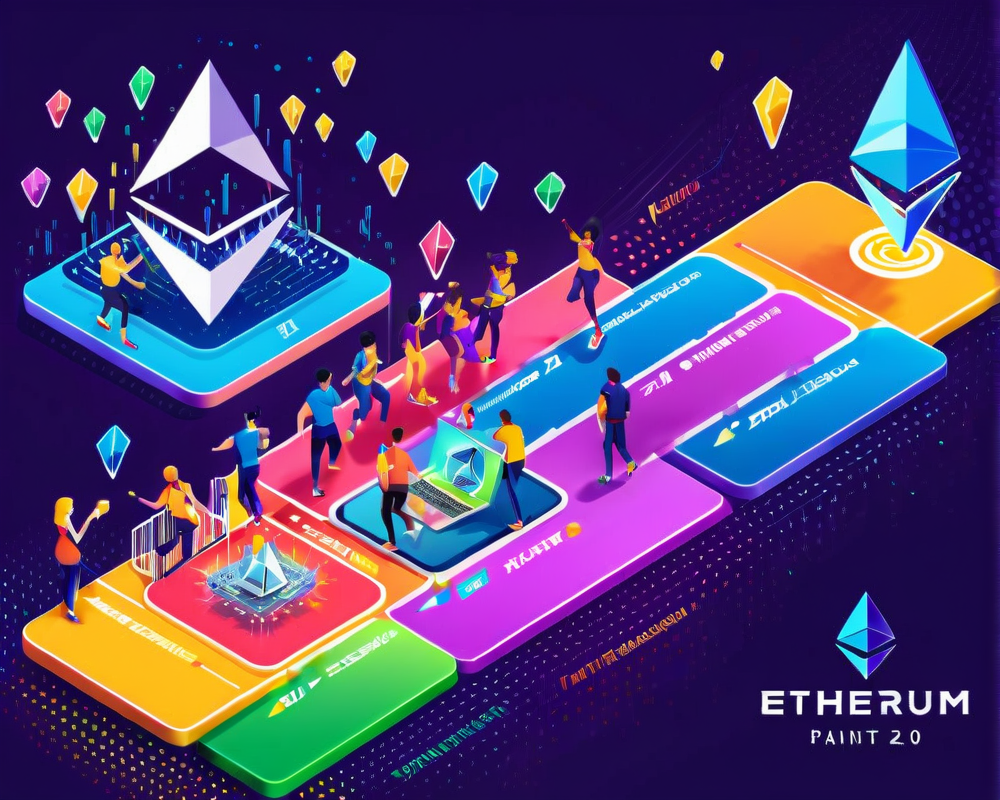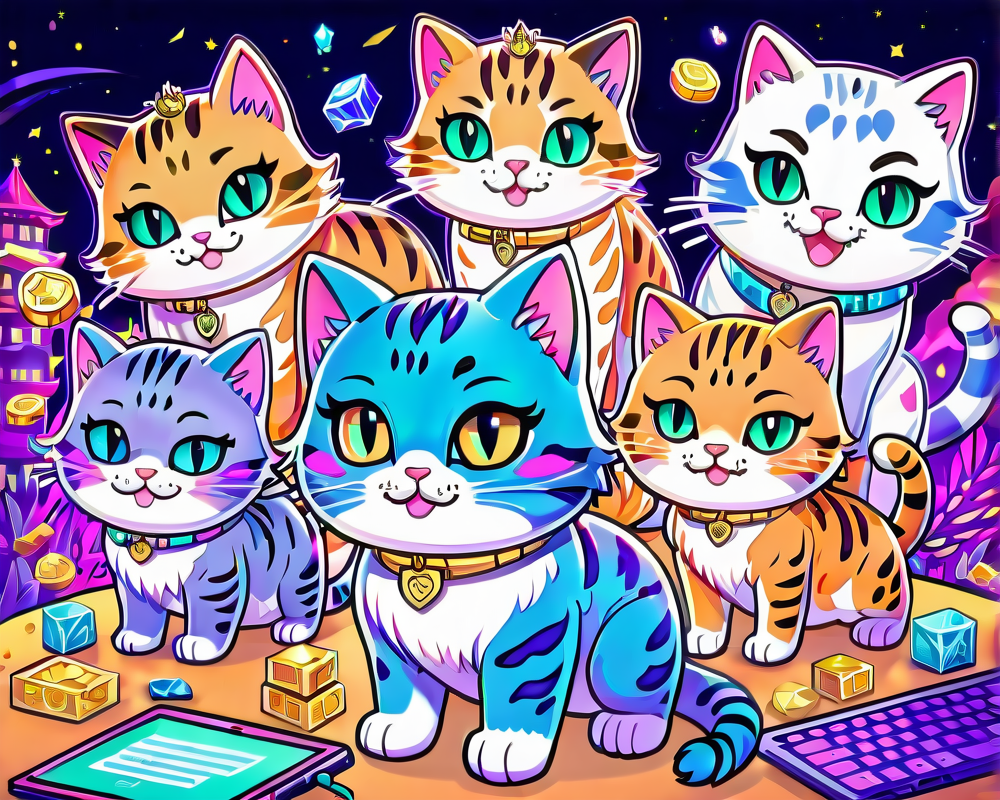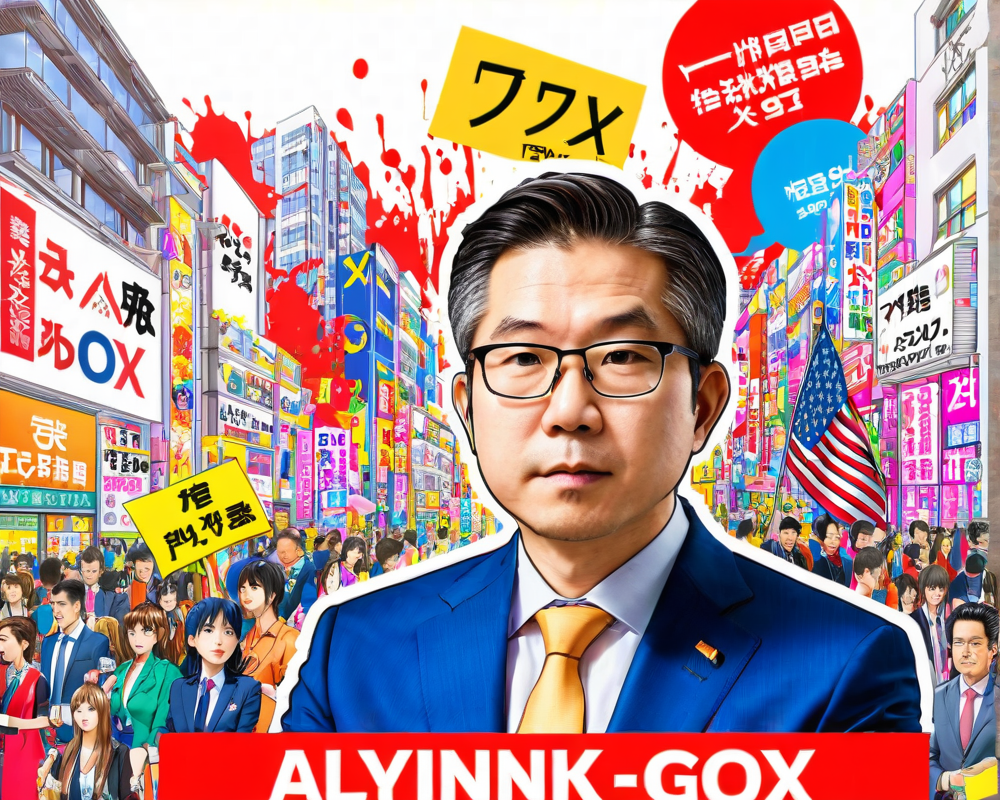The Long Road to Ethereum 2.0
After what feels like an eternity in development (you know, just a casual six years since the first whispers), Ethereum 2.0 is almost within reach. The Medalla testnet experience may have felt like a soap opera with all its twists and turns, but according to Prysmatic Labs developer Raul Jordan, we’re on an optimistic three-month timeline. What’s a few more months when you’ve been waiting since 2015, right?
Think of it as the ultimate upgrade to your favorite game—you know, the one you still play on that old console. Making changes to Ethereum is like trying to swap out the engine while driving; it’s not easy, folks! But numerous developers have taken this challenge to create their own blockchain solutions, each hoping to tackle the very issues Ethereum seeks to resolve.
The Blockchain Olympic Games
While Ethereum was out there blazing trails, a small army of competitors has emerged, all vying for the gold medal in blockchain functionality. Let’s evaluate some of the leading contenders and how they stack against Ethereum 2.0.
Cardano and Its Ambitious Goals
One of Ethereum’s hottest challengers is Cardano, created by Ethereum’s co-founder Charles Hoskinson. Cardano has made waves in recent months with the launch of its Shelley phase, introducing staking and sending its ADA token price soaring. But like Ethereum, they’ve opted for a marathon approach, with more phases and upgrades planned.
Interestingly, Cardano is leaning towards a governance model that will operate on-chain, unlike Ethereum’s off-chain governance attempts. Think of Cardano as a trendsetter with a penchant for community involvement, while Ethereum sticks to its traditional governance roots.
Tezos: A Relative with a Twist
Oh, Tezos! The sibling who can’t quite agree on the family vacation plans. This platform, which emerged in 2018, operates on a delegated proof-of-stake model. While it may not be as decentralized as Ethereum, it flaunts its on-chain governance. Anyone with the required stakes can weigh in on protocol upgrades—smart, huh?
Smart Contracts? RSK is in the Game
RSK, the eager newcomer, seeks to bring smart contracts to Bitcoin, and it’s already merge-mined with the Bitcoin network. With ambitions in the DeFi space, RSK is looking to form fruitful relationships rather than trade blows. Its interoperability features could prove to be a game-changer for the entire ecosystem.
Emerging Competitors and Unique Features
Let’s shine a spotlight on some lesser-known, yet formidable, competitors:
The Qtum Phenomenon
Qtum, which recently upgraded its mainnet, aims to simplify staking without the hefty barriers that Ethereum 2.0 imposes. Its offline staking capability is a cherry on top for users who want to maintain that high-security vibe while hopping into the staking adventure.
Matic Network: The Layered Defender
Matic Network exists as a second layer atop Ethereum promising to scale up to a whopping 65,000 transactions per second. However, their COO warns that Ethereum 2.0 may not be the infinite scalability savior everyone hopes it will be. Think of them as the AR filter for Ethereum’s selfies; they enhance but might not completely obsolete the original.
Others in the Ring
From Tron’s adventurous ambitions to Elrond’s impressive transaction speeds, the competition continues to evolve. Factors like developer incentives, yield-generating features, and efficient governance structures are creating a rich tapestry of options for developers and users alike.
The Future: Collaboration Over Competition?
Never let it be said that the blockchain community is without camaraderie. In fact, many believe that competition among blockchains could lead to an ecosystem of interrelated platforms, championing collaboration over deadly rivalry. As blockchain technologies become more interoperable, the potential for enhanced scalability and efficiency rises exponentially.
The question remains: Can Ethereum 2.0 maintain its reign, or will it find itself outpaced? Only time will tell, but for now, the blockchain landscape is flourishing with innovation.




